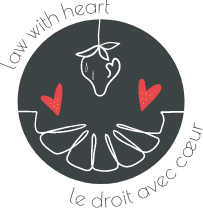
Gifted
Beads
The practice of gifting is considered by some Indigenous peoples to be a form of ceremony, one intended “to honour and show appreciation for specific individuals.” (Prete, 2019)
Other times gifting is an economic practice contributing to a subsistence economy in ways frequently misunderstood by settlers (Grey 2017). Sometimes, gifting occurs as a combination of both conceptualizations, or in a different form altogether.
READ MORE ➔
For many years, gifting as a form of ceremony was impacted by, and restricted under, provisions of the Indian Act (Prete, 2019), but law and policy were ultimately unable to excise gifting practices from the fabric of our various Nations and communities. In my experience, gifting often takes the form of food; I personally give and receive food-oriented gifts of traditional and “country” foods on a regular basis. Dr. Shawn Wilson also shares a teaching about an experience when a group of students welcomed him to a conference with gifts of food, explaining that gifts were given on the understanding that he “had to temporarily set other relationships aside in order to build this relationship with them, and this was a way that they could show their appreciation.”(Wilson, 2008) In the context of education, food gifts are culturally coherent, embodying teachings that sharing a meal allows us to physically ingest what we are learning as we gather in community.
While the gifting of broadcloth and sacred medicines, such as tobacco, is common and considered traditional in some communities, beads and beadwork are also frequently given and received as gifts. Of beadwork artists, Dr. Sherry Farrell Racette shares: “Through collaboration and gift giving, they formed enduring bonds between family members that reached out into the larger community.” (Racette, 2004)








